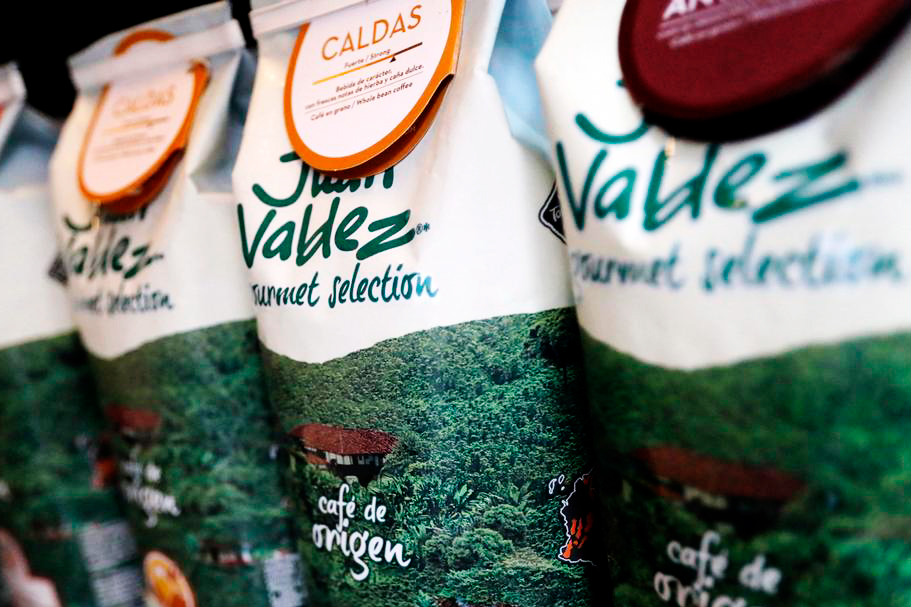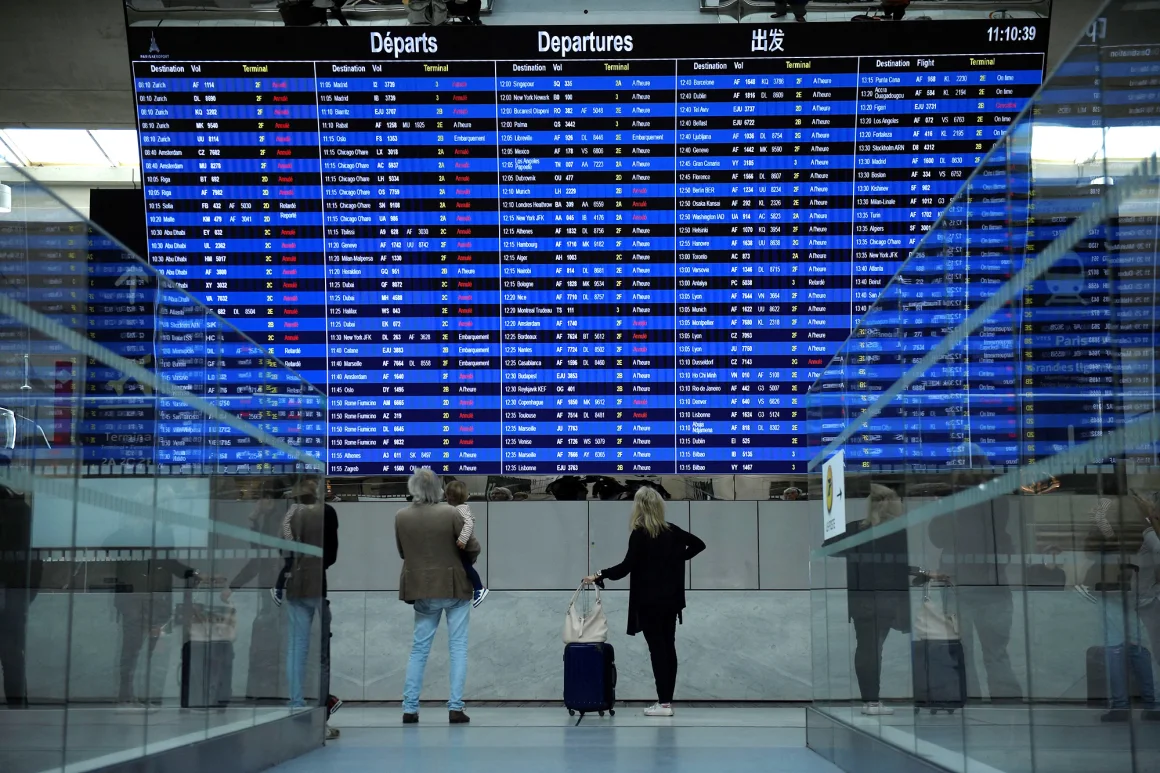Coffee has turned into a luxury item for many, as prices soar to historic levels. Behind the steaming cup served at cafés and breakfast tables lies a complex supply chain under pressure from climate change, rising costs, and unstable trade conditions. Prices have been climbing steadily since 2021, driven by global demand and erratic weather events affecting key producing countries.
Extreme droughts, flooding, and storms have hit coffee harvests hard. In Brazil and Vietnam—the top two producers accounting for about 50% of global output—dry and hot weather has reduced yields. In Indonesia, excessive rainfall has damaged plantations, raising production and maintenance costs and slowing recovery. These disruptions have contributed to tighter supply, while shipping costs and global uncertainty further strain the market.
Prices are determined by supply and demand dynamics, particularly those reflected on the New York Coffee Exchange, a global benchmark for pricing. Global coffee exports dropped sharply at the start of 2025, falling 14.2% in January compared to the same month in 2024, according to the International Coffee Organization (ICO).
Trade tensions are adding to the volatility. The United States has imposed steep tariffs on Vietnamese coffee imports, introducing uncertainty about future supply chains. “Unclear trade policy makes it difficult for producers to plan their harvest and production cycles,” warns Víctor Bautista, trade official for Central and Eastern Europe at Procolombia.
Coffee, the world’s second most consumed beverage after water, is experiencing a post-pandemic rebound in demand. Consumers are now also expecting more from producers—organic farming, sustainable practices, and environmental certifications—adding new costs to production.
Jorge Utrilla, director of Chiapas’ Coffee Institute (Incafech), explains that shade-grown coffee is becoming a regional specialty. “It protects soil, keeps temperatures stable, and supports native flora and fauna,” he says. European buyers, anticipating environmental regulations, have also begun stockpiling high-quality coffee, contributing to the price surge.
Market behavior also plays a role. Coffee consumption is relatively inelastic—demand remains high despite rising prices. In 2024, the average green coffee price index (I-CIP) jumped 38.8% year-on-year. By February 2025, the ICO reported an I-CIP of 354.32 US cents per pound, up 14.3% from January and 94.6% higher than February 2024—the highest monthly average in nearly five decades.
Along the chain from farmer to exporter, roaster to retailer, each stage adds labor and cost. A pound of green coffee costing around $3.85 can yield over 50 cups at a café, where customers may pay more than $3 per cup. Utrilla estimates that one kilo of green beans sold at $7.50 can be transformed into beverages sold for anywhere between $2 and $12 per cup depending on country, café, and brand.
“This is the year of the grower,” says Utrilla. “With prices rising sharply, farmers are finally seeing higher returns.” Bautista agrees: “Higher profits let growers reinvest in their farms, boosting productivity and quality. In Colombia, coffee covers nearly 60% of cultivated land and supports over 500,000 families, most of them small to medium producers.”
Still, the gains are not evenly distributed. Around 95% of Colombian coffee is exported, and producers face growing competition from Africa and Central America. “Exporters must balance high production costs with market pressures. Consumers are the ones most affected, paying more for the same coffee in stores or cafés,” explains Jorge Mario Martínez of ECLAC.
High global prices have also impacted domestic markets in producer countries. With stronger returns abroad, more growers prefer to export their beans, reducing local supply and pushing retail prices higher.
The coffee trade is marked by a wide base of small producers and a narrow tier of powerful international traders. These intermediaries, along with large growers and cooperatives, benefit most from price hikes due to their leverage in negotiating international contracts and controlling large quantities.
Recently, there are signs of slight cooling. The ICO’s I-CIP has edged downward in recent months, while exports outside South America have picked up. “Historically, coffee price surges are followed by downward adjustments once supply recovers and demand stabilizes,” Martínez notes. “Figures from March and April suggest that correction may be underway.”
However, future stability remains uncertain. Climate conditions in producing countries are increasingly erratic, with more frequent droughts and floods. This instability makes price volatility more likely in the coming years.
Still, rising global consumption offers opportunity for producers—as long as it’s approached sustainably. “Climate change forces us to rethink production,” Bautista says. “We need more environmental certifications, fair trade standards, and responsible regulation that doesn’t drive prices even higher. Sustainability must be central to future coffee farming.”



